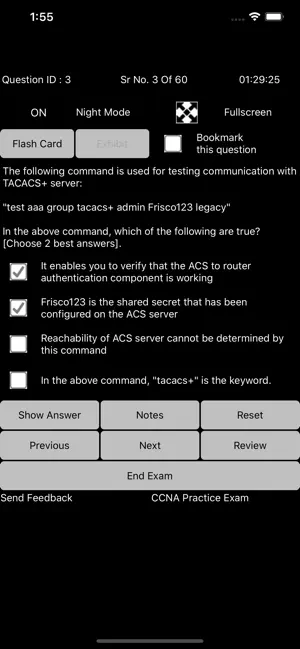In the ever-evolving world of electronics and telecommunications, reliable connectivity is paramount. And when it comes to high-frequency signals, the unsung heroes are often the RF (Radio Frequency) cables. But navigating the complex landscape of RF cables can be daunting. That’s where RFCables.org steps in, acting as a valuable hub of information for enthusiasts, professionals, and anyone seeking to understand the intricacies of these essential components.
What is RFCables.org?
RFCables.org is a dedicated website focused on providing comprehensive information about RF cables, RF connectors, and related technologies. It’s designed to be a one-stop resource for:
- Understanding RF Cable Basics: From impedance and attenuation to shielding and frequency ranges, the site breaks down complex concepts into digestible information.
- Selecting the Right Cables: With a wealth of articles and guides, RFCables.org helps you choose the appropriate cables for your specific applications, whether it’s for amateur radio, wireless networking, or industrial use.
- Troubleshooting and Maintenance: Learn how to diagnose common cable issues and maintain your RF connections for optimal performance.
- Connector Insights: Dive into the world of RF connectors, including SMA, N-type, BNC, and more, understanding their characteristics and applications.
- Educational Resources: The site serves as a valuable learning platform, offering tutorials, glossaries, and in-depth articles on various RF-related topics.
Why is this resource valuable?
In a world increasingly reliant on wireless communication, understanding RF cables is crucial. RFCables.org addresses the need for clear, accurate, and accessible information on this often-overlooked area. Here’s why it stands out:
- Comprehensive Coverage: The site covers a wide range of RF cable-related topics, catering to both beginners and experienced professionals.
- User-Friendly Design: The website is designed for easy navigation, making it simple to find the information you need.
- Educational Focus: RFCables.org prioritizes education, empowering users to make informed decisions about their RF cable needs.
- Practical Applications: The site goes beyond theory, offering practical advice and guidance for real-world applications.
- Community Resource: By providing a central point for information, RFCables.org fosters a community of learning and knowledge sharing.
Who Benefits from RFCables.org?
- Hobbyists and Amateur Radio Operators: Gain a deeper understanding of RF cables and connectors to optimize your setups.
- Electronics Engineers and Technicians: Access valuable technical information for designing and maintaining RF systems.
- IT and Networking Professionals: Learn how to select and deploy RF cables for wireless networks and other applications.
- Students and Educators: Utilize the site as a learning resource for electronics and telecommunications courses.
- Anyone seeking to learn about RF technology: The site’s clear and concise explanations make it accessible to a wide audience.
In Conclusion:
RFCables.org serves as a vital resource for anyone seeking to navigate the world of RF cables. Whether you’re a seasoned professional or a curious beginner, the site provides the information you need to understand, select, and maintain your RF connections. It’s a valuable addition to the online resources available for electronics and telecommunications enthusiasts. So, if you’re looking to enhance your understanding of RF technology, be sure to check out RFCables.org.




